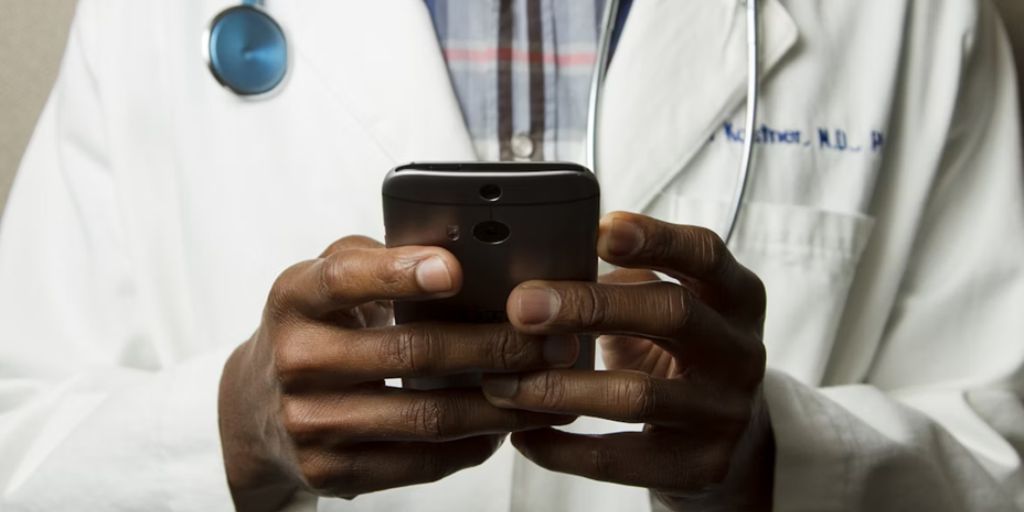
Photo courtesy of Unsplash (https://unsplash.com/photos/person-wearing-lavatory-gown-with-green-stethoscope-on-neck-using-phone-while-standing-L8tWZT4CcVQ)
There are over 100 types of cancer that affect different organs, cells, and tissues. While early detection increases the chances of treatment success, some variants of this disease have delayed symptoms that manifest in the advanced stage.
With the increasing popularity of telemedicine, symptomatic individuals can speak to oncologists via virtual consultations. This timely access to medical expertise increases the possibility of early diagnosis and prevents complications. Let’s explore the benefits of telemedicine in the treatment of cancer.
Widespread Access to Oncologic Care
Thanks to tech transfer in oncology, the real-world usage of digital platforms that link doctors and patients is expanding. As a result, people in remote locations without specialists can access oncologists.
Telemedicine promotes the chances of survival for patients living with rare cancers like sarcoma or mesothelioma. Virtual healthcare also reduces the stress level of patients as they no longer have to expend physical energy on trips after exhausting chemotherapy sessions.
Care Continuity and Effective Monitoring
Most cancer patients live far from oncology centers, and this distance can be a hindrance to their physical checkups. When patients begin missing follow-up sessions, it’s difficult to monitor the progress of long-term care.
But with telehealth apps, it’s easy to overcome this challenge as patients can interact with their care team through video calls. Through regular virtual check-ins, doctors can monitor how patients react to drugs, detect complications before they arise, and adjust treatment as needed.
Patient Safety and Infection Control
Cancer is a deadly disease that weakens the body’s immune system. Certain treatments like immunosuppressants, radiation, and chemotherapy kill white blood cells, making victims more vulnerable to viral infections present in clinical environments.
For patients suffering from blood, liver, or squamous cell carcinoma lung cancer, infections can cause death. By limiting patients’ presence in the hospital, telemedicine helps to lower the risk of infection and other ailments.
Psychosocial Support
The effects of cancer extend beyond internal and external body damage. Patients suffer mental and emotional impacts that affect the quality of their social life. Some people experience depression or develop anxiety disorders, which leads to withdrawal.
In these cases, counseling and group support become vital elements for survival. Through telemedicine, those in need of psychosocial support can join virtual support groups and interact with therapists who will help them process the experience and manage fear.
Real-Time Data Collection for Research
Telemedicine platforms feature AI tools that collect patient-reported outcomes. Users can log developing symptoms, report side effects, and their state of well-being. These built-in tools collect and analyze patient data in real-time, providing medical researchers with information for examining treatment processes.
With accumulated insight from telemedicine data analytics, medical experts can identify and interpret recovery patterns. This feedback loop helps specialists to make ground-breaking discoveries, refine, and personalize their remote treatment strategies.
Cost Efficiency
Telehealth services cost less than in-person hospital visits, as patients don’t have to pay facility fees or staffing costs as part of clinical bills. In addition to this, there is no transportation cost or extra expenses resulting from unnecessary tests.
Endnote
Telemedicine has advanced cancer treatment by providing easy access to treatment and long-term care. It has also contributed to the prevention of infection in cancer patients and the provision of counseling and support therapy. Through digital healthcare, scientists also gain insight that promotes data-driven approaches to cancer care.










